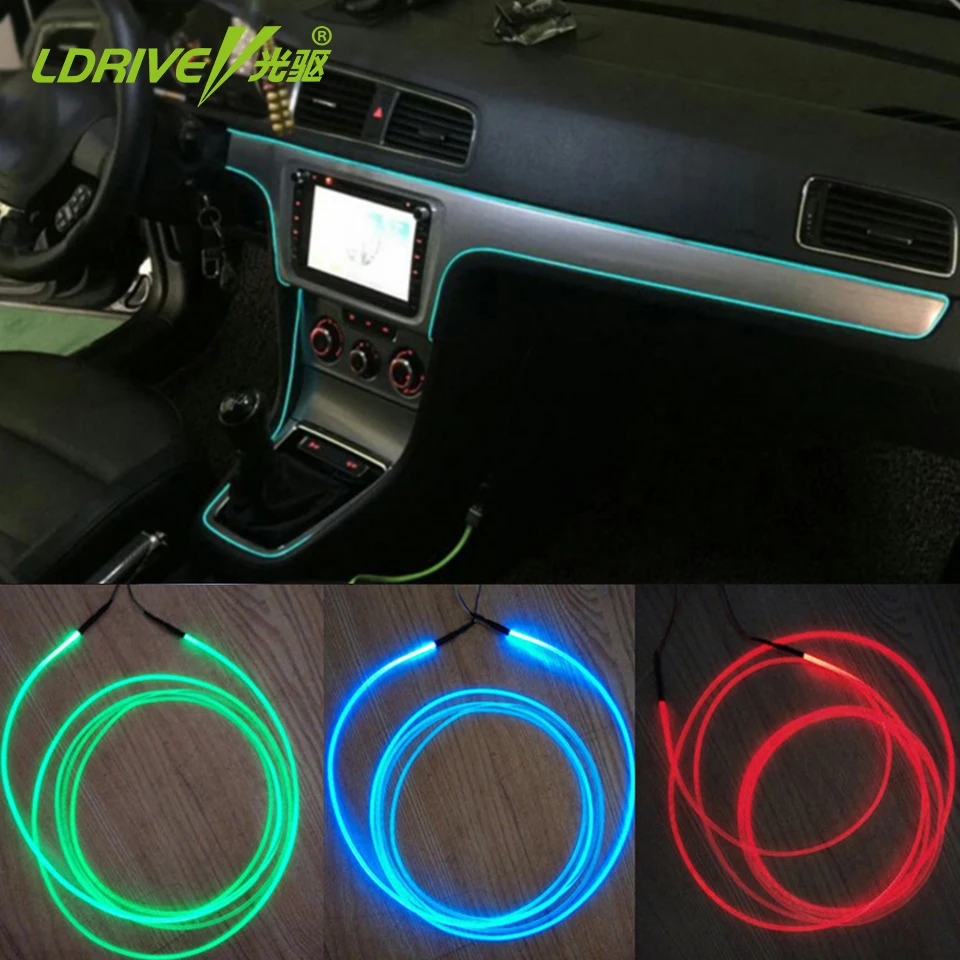


Despite your eyes adjusting to the screen, as soon as you look away to a brightly lit wall, light or object – your eyes will begin readjusting to this change in contrast. This is relevant in the reading room, because if the screen and the ambient light are quite different (either brighter or darker) your vision will constantly be readjusting between the ambient light and the screen each time you look away from the screen. You have probably experienced this yourself either entering or exiting a tunnel or dark room, and know that it takes several minutes until you can clearly see again in a new environment. Anything brighter than the dim light would automatically register as ‘white’ to your vision – thus when you step outside you will suddenly be blinded because the majority of objects will be brighter than anything in the tunnel.Ĭonversely, if your eyes are adjusted to a sunny environment and you suddenly go into a dim tunnel, everything darker than the dark objects in the sunshine will suddenly appear black. This is because in the dim tunnel, the darkest objects become ‘black’ to your perception, and the bright objects – for example the dim light coming the ceiling – become ‘white’ to your perception. When you suddenly exit into the sunshine outside, most objects will be brighter than the bright objects in the tunnel, so they will appear as a bright white to your vision. For example when in a dim tunnel you will be able to see most things clearly. At any one time, the human eye can detect a contrast ratio of 1000, however this ratio is not definite, but rather relative. The most major way that ambient light can reduce contrast is by affecting the eyes’ ability to adapt to a certain level of light. However these can be minimised by using anti-reflective coatings on the screen, and positioning the monitor in such a way that light does not directly reflect onto the screen. This can be distracting and reduces the contrast at that specific location. Specular reflections and glare: Light is reflected onto the screen directly from an external light source, or reflected off of an object, causing glare or a ‘specter’ of the object to appear on screen.Diffuse Reflections: Light is reflected uniformly across the screen, whitewashing the blacks on screen.But even with a high contrast monitor, one little thing can greatly reduce contrast: ambient light.Īmbient light can reduce contrast in several ways. Most medical monitors aim to provide high contrast screens, which is certainly the first and most important way to increase contrast.

The higher the contrast, the more differences in shades our eyes are able to see. When viewing medical images, one of the most important factors for accurate diagnosis is contrast.


 0 kommentar(er)
0 kommentar(er)
